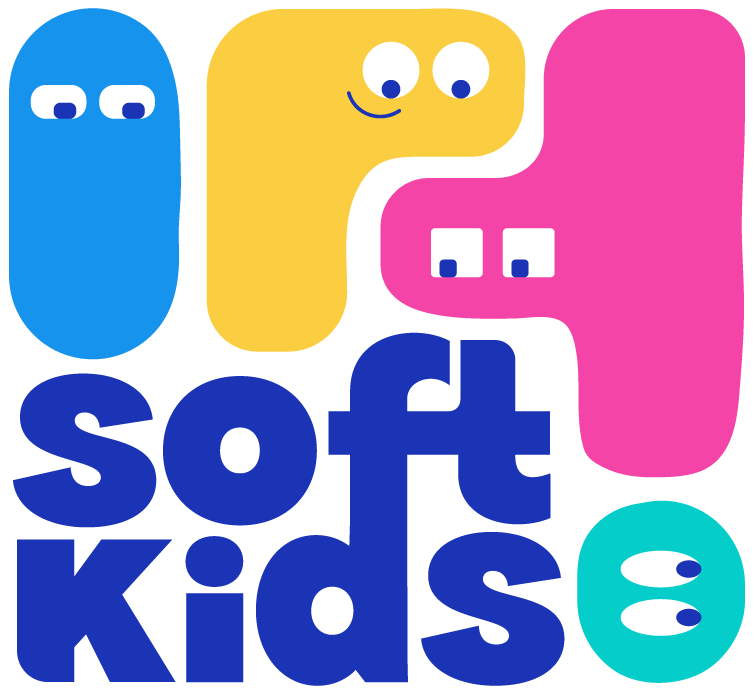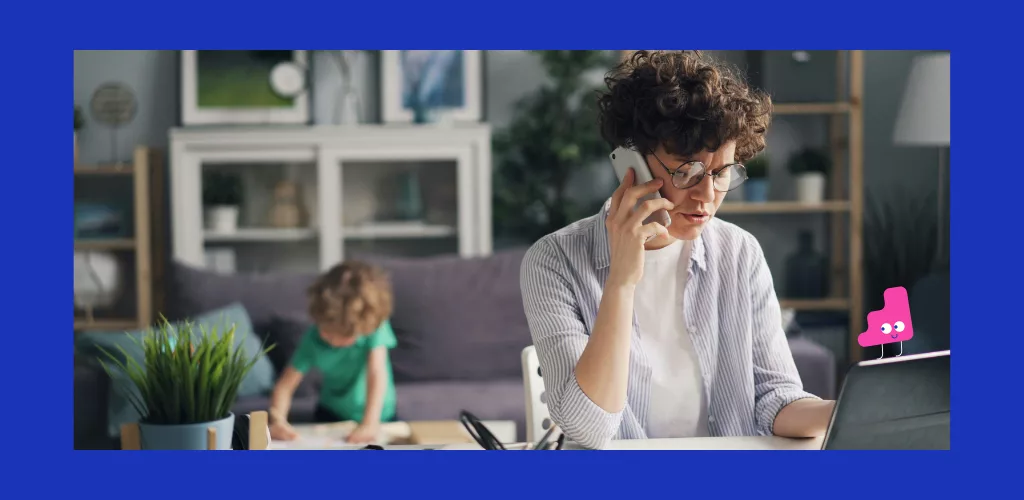Today's children are growing up in a plural world, where cultures cultures, beliefs, lifestyles and identities intersect than ever before. Yet this wealth of diversity is not always visible at school, which sometimes struggles to reflect the reality of society. This raises an essential question: Should diversity and inclusion be taught from an early age? And how can this be done in concrete terms, without falling into clichés or caricature?
In this article, I explore the challenges of inclusive inclusive educationcurrent obstacles, and concrete concrete solutions to pass on to children the values of respect, openness and equality.
Why teach diversity in childhood?
An increasingly diverse society... but not always inclusive
Our society is rich in cultural cultural, social, religious and family diversitybut also of neurodiversity. Yet children can grow up in a uniform environmentenvironment, where difference is not represented, or even made invisible. This can lead to :
-
From incomprehension of what is "other".
-
From prejudices or stereotypes unchallenged.
-
Sometimes situations of harassment or exclusion at school.
Education about difference to prevent discrimination
Learning about diversity means enabling children to :
- Understand that everyone has a history, a culture, an identity identity.
- Respecting differences without judgment.
- Developing empathy and social social skills.
These skills, also known as psychosocial skills or soft skillsare essential for living in society. They not only help prevent discrimination, but also enable us to build healthy, caring relationships.
Diversity and inclusion: two notions not to be confused
Diversity ≠ inclusion
-
The diversityis the fact of coexisting in the same space with people who are different from you.
-
L'inclusionis about more than that: it's about ensuring that every child, whatever their differences, feels welcomed, respected and valued..
An environment can be diverse without being inclusive. For example, a multicultural classroom that never discusses the cultures of its students doesn't value this diversity.
What are the obstacles to teaching diversity in schools?
A fear of "playing politics
Some parents and teachers fear that talking about diversity or inclusion is too "sensitive" or "militant", or even "too young" for children.or even "too young" for children. However, talking about respect for differences is not about politics, it's about educating people to build a society that is respectful of others. it's about education for society.
Explaining that a child can have two parents of the same sexthat everyone can decide whether or not to have a religion, is not about imposing an opinion. It's about opening the mind and and shaping caring citizens.
Pedagogical tools still limited
Many teachers lack concrete resources for dealing with to deal with diversity in the classroom. School textbooks still present stereotyped familiesfamilies minority charactersand sometimes avoid certain subjects for fear of controversy.
This complicates the task of teachers, who have to find to find their own materials to work on these themes.
No specific training
The French education system does not systematically train teachers on these subjects. As a result, some feel uncomfortable or unqualified to talk about diversity or answer children's questions on these issues.
How can we educate for diversity and inclusion in practical terms?
1. Use a variety of inclusive media
To raise children's awareness, we can use :
-
Children's books featuring characters from different cultures and families.
-
Films and cartoons that value diversity (e.g: Encanto, Coco, Vice-Versa).
-
Testimonials and outside contributionsWe're always on the lookout for new partners, such as associations or committed individuals.
This allows children to recognize themselves in the stories but also to discover other realities.
2. Encourage discussion and exchange
Set up times for open discussiondiscussion talking circleswhere children can ask questions and express express their feelings. The important thing is not to imposebut tolisten andaccompany reflection.
Simple questions can start the debate:
-
"Why do some people pray and others don't?"
-
"What's your family's traditional dish?"
-
"Why do some children speak several languages?
3. Developing empathy through play
The role-playing or collaborative activities are powerful tools for :
-
Put yourself in the other person's shoes.
-
Understand your emotions and needs.
-
Learning to cooperate with children who are different from you.
These experiences reinforce empathyempathy tolerance and self-confidencewhile making learning fun and practical.
4. Valuing the diversity of students themselves
Every child brings a wealth of cultural, family and personal experiences. It is essential to to value this diversity on a daily basis :
-
Offer children the chance to share family traditions.
-
Celebrating different cultures.
-
Create class projects around languages, cuisines and world music.
This gives children an active role and helps them feel proud of who they are.
What are the benefits for children (and society)?
More open and confident children
Children who are educated about diversity develop :
- A open-mindedness and tolerance to differences.
- A better understanding of themselves and others.
- Greater ease ability to cooperate in heterogeneous groups.
A fairer, more inclusive society
By learning from childhood to respect differences, children become committed citizenscapable of fight discriminationand promote living together and build a more cohesive society.
Conclusion: learning about diversity to live better together
Learning about diversity and inclusion from an early age isn't just another subject. It's at the at the heart of the educational challenges of the 21st centuryto shape children capable of living and working together in a spirit of respect and cooperation. It also means preparing our children to meet the challenges of tomorrow's worldwhere diversity is an asset, not a threat.
What if we taught empathy as much as mathematics?
To find out more about diversity education and discover practical ideas,
listen to the full podcast episode Generation Parents.




0 comments